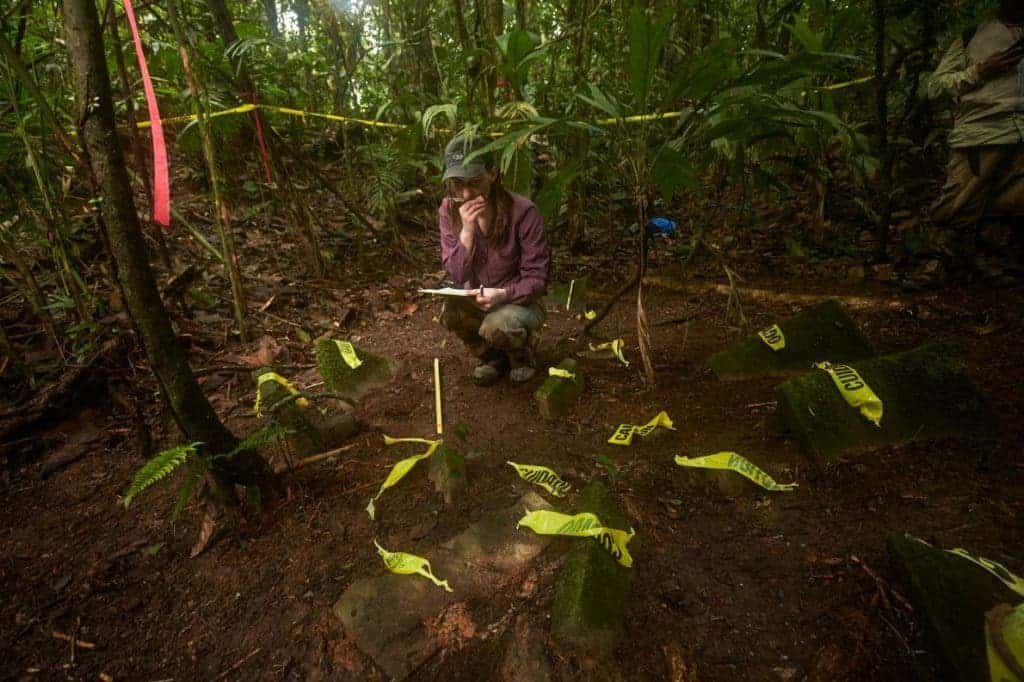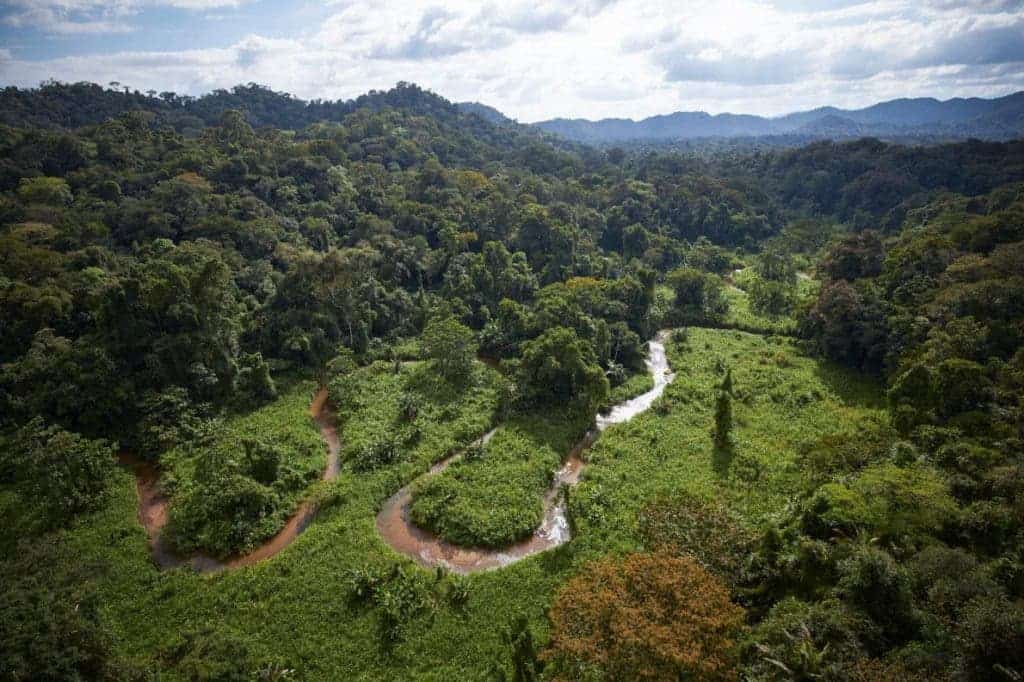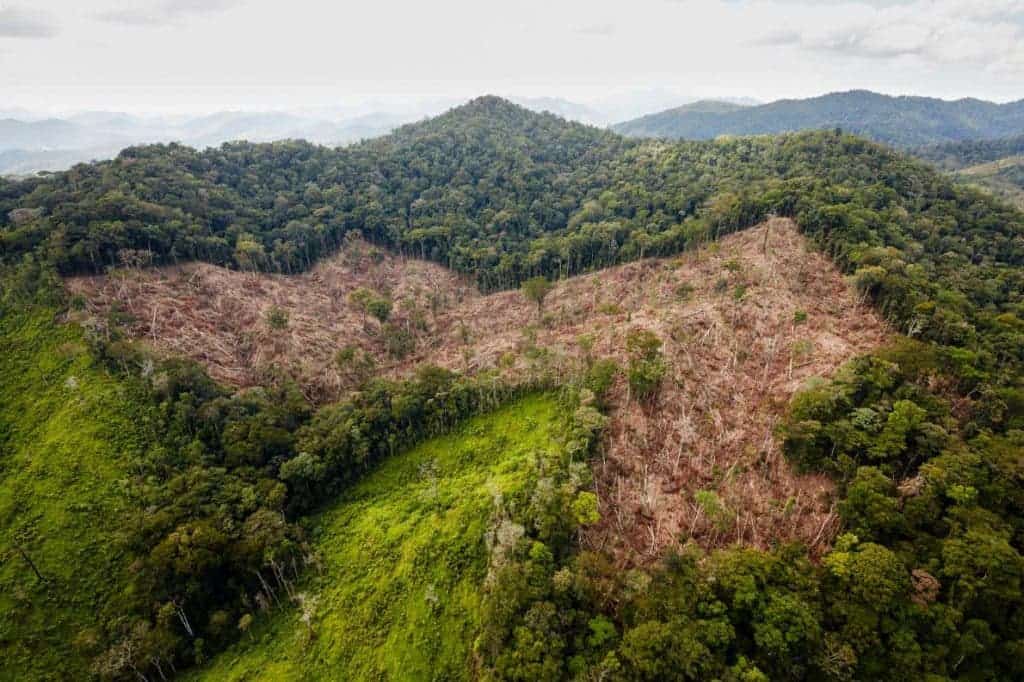An expedition in the Honduras has emerged from the jungle with a spectacular announcement: they have discovered the remains of a lost city belonging to an unknown, mysterious culture.

PHOTOGRAPH BY DAVE YODER, NATIONAL GEOGRAPHIC
The team was investigating a lead regarding the site of a storied “White City,” also referred to in legend as the “City of the Monkey God.” La Ciudad Blanca (the White City) is a legendary settlement said to be located in the Mosquitia region of eastern Honduras. Interest in Ciudad Blanca grew in the 1990s as numerous explorers searched for it and news of archeological work in the area was chronicled in popular media but today, many archaeologists and historians doubt it exists. Over 200 archeological sites have been discovered and documented in Mosquitia during the last century, with no palpable indication of the White City… but archaeologists are still giving it a shot.
An unknown culture
The team, which returned from the site less than a week ago, reported finding an entire city from an unknown culture; they surveyed and mapped extensive plazas, earthworks, mounds, and an earthen pyramid, as well as numerous spectacular stone statues. All the findings show that the culture thrived for hundreds (maybe even thousands) of years before disappearing.

Contrary to the nearby Maya civilization, which is well known and studied, we don’t even have a name for this one – until recently, no one even knew they existed. Christopher Fisher, a Mesoamerican archaeologist on the team from Colorado State University, said the pristine, unlooted condition of the site was “incredibly rare.”
“The undisturbed context is unique,” Fisher said. “This is a powerful ritual display, to take wealth objects like this out of circulation.”
No less than 52 artifacts were found peeking from the earth, while even more potentially lie below, buried; they may have been an offering or part of a ritual. Out of all of them, the most spectacular find is a type of “were-jaguar”, depicting what seems to be a shaman in a transformed, spirit state. It could also be a part of a ritualized ball game that mesoamerican cultures are known to have played.
“The figure seems to be wearing a helmet,” said Fisher. Team member Oscar Neil Cruz, head archaeologist at the Honduran Institute of Anthropology and History (IHAH), believes the artifacts date to A.D. 1000 to 1400.
Needless to say, the location has not been disclosed to the public, to protect the site from looters.
Surveying the unknown
The ruins were first identified in May 2012, during an aerial survey of a remote valley in La Mosquitia, which is basically a network of swamps, rivers, mountains and rainforests. The survey was done with a LIDAR scanner, a remote sensing technology that measures distance by illuminating a target with a laser and analyzing the reflected light. The LIDAR is able to map the ground and identify man-made structures even through (or in some cases, under) the thick rainforest.

PHOTOGRAPH BY DAVE YODER, NATIONAL GEOGRAPHIC
As scientists were analysing and processing the images, they started to observe an emerging pattern – unnatural features stretching for more than a mile through the valley. They quickly learned that the entire terrain had been altered by humans, and this could only mean one thing – a long lasting civilization reshaped the environment by hand. Ceremonial architecture, giant earthworks and house mounds, possible irrigation canals and reservoirs, all led Fisher to conclude that the settlement was, indeed, a pre-Columbian city.
But nothing in archaeology is confirmed until it is observed on the ground level, so the team set to find and observe the place for themselves.
“The ground exploration team consisted of American and Honduran archaeologists, a lidar engineer, an anthropologist, an ethnobotanist, documentary filmmakers, and support personnel. Sixteen Honduran Special Forces soldiers provided security. The National Geographic Society sent a photographer and a writer,” writes National Geographic.
The expedition confirmed the LIDAR expectations, and found even more spectacular features. While they may have not found the White City, they found something which can be even more important – a lost civilization.
“This is clearly the most undisturbed rain forest in Central America,” said the expedition’s ethnobotanist, Mark Plotkin, who spent 30 years in Amazonia. “The importance of this place can’t be overestimated.”
Indeed, it seems very likely that the rainforests both in South and Central America harbor ancient, yet undiscovered civilizations. In 2013, archaeologist and professor Martti Pärssinen from the University of Helsinki found evidence of an entirely new, unknown civilization in the rainforests in Brazil. But the problem is that these clues might not be around forever. Deforestation is running rampant throughout the entire continent, with huge swaths of forests being cleared out illegally, to make way for agriculture or cattle (or simply for wood sale).

PHOTOGRAPH BY DAVE YODER, NATIONAL GEOGRAPHIC
Virgilio Paredes Trapero, the director of the Institute for Anthropology and History (IHAH) made a grim estimate about the future of the area:
“If we don’t do something right away, most of this forest and valley will be gone in eight years.” He spread his hands. “The Honduran government is committed to protecting this area, but doesn’t have the money. We urgently need international support.”
Hopefully, the removal of the rainforests can be stopped or at least heavily slowed down soon – if not for these amazing cultures, then for the planet.
Source: National Geographic.


